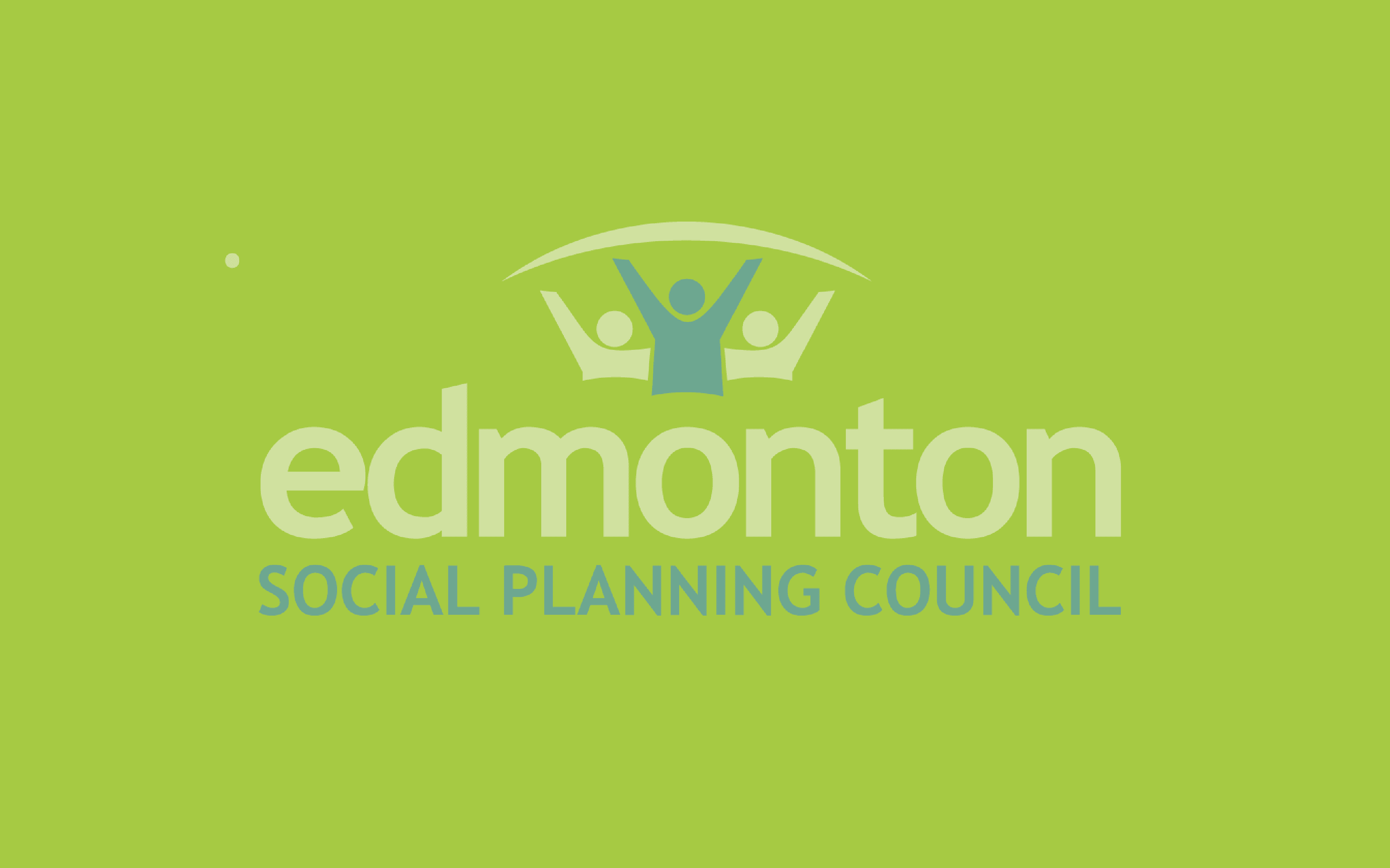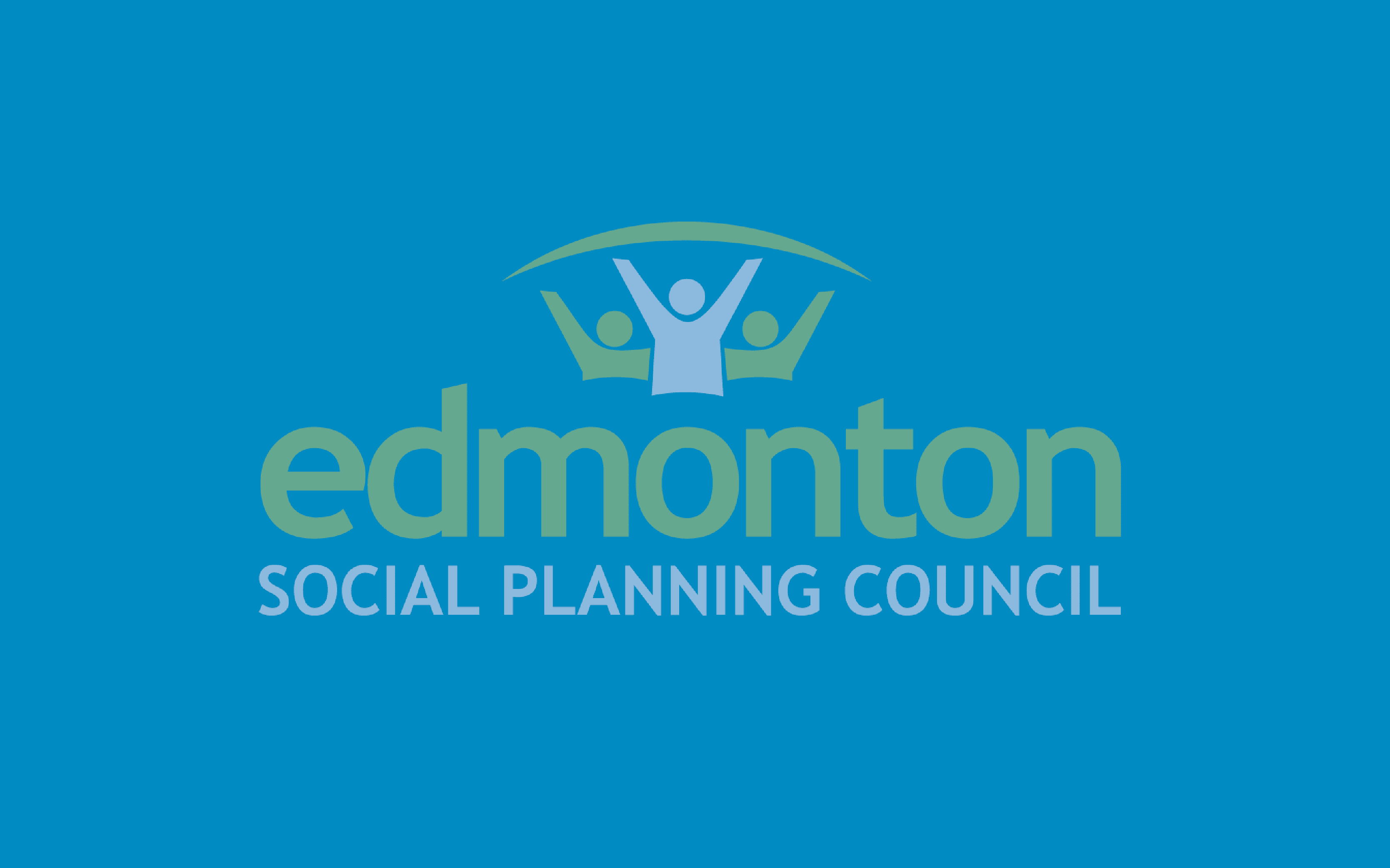[et_pb_section fb_built=”1″ _builder_version=”4.7.0″ custom_margin=”0px||0px||false|false” custom_padding=”0px||0px||false|false”][et_pb_row column_structure=”3_4,1_4″ use_custom_gutter=”on” gutter_width=”2″ _builder_version=”4.7.7″ _module_preset=”default” width=”100%” custom_margin=”0px||||false|false” custom_padding=”0px||0px||false|false” border_width_bottom=”1px” border_color_bottom=”#a6c942″][et_pb_column type=”3_4″ _builder_version=”4.7.0″ _module_preset=”default”][et_pb_post_title meta=”off” featured_image=”off” _builder_version=”4.7.4″ _module_preset=”default” title_font=”||||||||” custom_margin=”||3px|||” border_color_bottom=”#a6c942″][/et_pb_post_title][/et_pb_column][et_pb_column type=”1_4″ _builder_version=”4.7.0″ _module_preset=”default”][et_pb_image src=”https://edmontonsocialplanning.ca/wp-content/uploads/2020/12/COLOUR-BLOCKS_spaced-300×51.png” title_text=”COLOUR BLOCKS_spaced” align=”center” _builder_version=”4.7.7″ _module_preset=”default” max_width=”100%” max_height=”75px” custom_margin=”0px|0px|0px|0px|false|false” custom_padding=”10px|0px|20px|0px|false|false” global_module=”96648″][/et_pb_image][/et_pb_column][/et_pb_row][et_pb_row column_structure=”3_4,1_4″ use_custom_gutter=”on” gutter_width=”2″ make_equal=”on” _builder_version=”4.7.7″ background_size=”initial” background_position=”top_left” background_repeat=”repeat” width=”100%” custom_margin=”0px|auto|0px|auto|false|false” custom_padding=”30px|0px|0px|0px|false|false”][et_pb_column type=”3_4″ _builder_version=”4.5.6″ custom_padding=”0px|0px|0px|0px|false|false” custom_padding__hover=”|||”][et_pb_text _builder_version=”4.7.5″ _dynamic_attributes=”content” _module_preset=”default” text_font=”|600|||||||” text_text_color=”#2b303a” custom_padding=”||32px|||”]@ET-DC@eyJkeW5hbWljIjp0cnVlLCJjb250ZW50IjoicG9zdF9kYXRlIiwic2V0dGluZ3MiOnsiYmVmb3JlIjoiIiwiYWZ0ZXIiOiIiLCJkYXRlX2Zvcm1hdCI6ImRlZmF1bHQiLCJjdXN0b21fZGF0ZV9mb3JtYXQiOiIifX0=@[/et_pb_text][et_pb_text _builder_version=”4.9.4″ text_text_color=”#2b303a” text_line_height=”1.6em” header_2_font=”||||||||” header_2_text_color=”#008ac1″ header_2_font_size=”24px” background_size=”initial” background_position=”top_left” background_repeat=”repeat” text_orientation=”justified” width=”100%” module_alignment=”left” custom_margin=”0px|0px|0px|0px|false|false” custom_padding=”25px||||false|false” locked=”off”]
Note: this is excerpted from the Spring 2021 edition of our fACTivist publication. The Edmonton Social Planning Council, in collaboration with volunteers and colleagues within the sector, strives to provide stakeholders and community members with updates on ESPC’s activities and projects, including articles and initiatives that address a variety of pertinent issues that affect our community.
Written by Sydney Sheloff and Brett Lambert
Among Canadians who experience homelessness or housing instability, there is a disproportionate number who come from racialized populations—this can include Indigenous peoples, refugees, and newcomers alike. According to data collected by the Canadian Observatory on Homelessness’ Homeless Hub, the disparities are glaring.
For comparison, about 1 in 5 racialized families in Canada will live in poverty, while only 1 in 20 non-racialized families experience poverty. [1] Among populations experiencing homelessness, 28.2% of them are members of racialized groups, compared to the Canadian average of 19.1%. [1] While Indigenous peoples make up only 4.3% of the overall Canadian population, they comprise 30.6% of the youth homelessness population. [1]
For refugees and newcomers to Canada, one of the biggest challenges is finding housing that is safe, suitable, and affordable. Across Canada, visible minorities make up 40% of renters in affordable and social housing (compared to 32% in market rentals and 23% in home ownership) while Indigenous peoples make up 9.4% of renters in affordable and social housing (compared to 3.8% of market rentals and 3.1% of home ownership). [2]
Due to long wait times to obtain subsidized housing, these racialized populations may be compelled to look outside of affordable housing options and enter the private housing market. This increases the risk of finding housing that is too expensive, overcrowded, or illegally rented. As a result, they face an increased risk of homelessness and core housing need compared to other groups. About 10% of newcomer youth in Canada experience homelessness. [1]
According to the 2016 federal Census, more than 164,000 households in Alberta are living in unsafe, crowded, and unaffordable housing. [3] As of February 2020, within Edmonton alone nearly 10,000 people were on the wait list for Capital Region Housing’s rental assistance program. [4] Among those experiencing homelessness, as of March 2021, 2,072 people in Edmonton are unhoused, according to Homeward Trust Edmonton. [5] Nearly 60% of them identify as Indigenous. [5]
With this in mind, the need to improve the affordable housing situation couldn’t be more urgent. In response to this intractable problem, the provincial government put together an Affordable Housing Review Panel in the summer of 2020 to work towards solutions. The panel completed its work and submitted a report to the minister of Seniors and Housing on October 5, 2020. The full report was released to the public on December 11, 2020. [Note: The Edmonton Social Planning Council contributed to one of the panel’s engagement sessions with key housing sector stakeholders, in addition to a written submission.]
The panel’s recommendations focused on the need to develop provincial strategic plans for housing, encourage municipalities to develop local affordable housing plans, build the capacity of housing providers, and simplify the application process for tenants. It also recommended privatization of the sector by increasing the role of the private sector and shifting the government’s role from owner and controller to that of partner and funder. The ministry accepted all of the panel’s recommendations.
Knowing the present racial inequities that exist for Black, Indigenous, and People of Colour (BIPOC) to access housing, will the panel’s recommendations help or hinder the pursuit to close the racial gap?
While there is a lot to dissect and unpack in the panel’s final report, it is encouraging to see it acknowledged that housing solutions are not suitable to a one-size-fits-all approach and that communities across Alberta, along with different segments within those communities, have unique needs to account for. For example, the report highlights that successful programming for Indigenous peoples require the incorporation of cultural sensitivities. Similarly, immigrant and newcomer families may want housing suitable for large intergenerational families.
With that, the panel’s report emphasizes that fairness, equity, and inclusivity need to guide decision-making. Building off of this, the panel sees benefits to housing providers that own and operate their own affordable housing assets because they can more easily address unique housing needs from within the communities they serve, along with other custom solutions to known issues in their respective communities.
This could potentially be a good thing for racialized communities. BIPOC community organizations are likely very well aware of the unique issues that people in their communities face in terms of housing and also likely have unique solutions. For example, in Seattle, a collective of Black LGBTQ people purchased a plot of land in order to give housing to people in need within their community, as well as to push back against gentrification and displacement. They also built a community garden and healing space to address residents’ other needs. Members of the collective, including those who are housed by it, get to make decisions about how their housing is run. Innovative solutions such as these may be limited under the current system.
However, questions arise on whether community organizations have the capacity to own and administer housing. BIPOC communities have faced—and continue to face—social exclusion and economic disenfranchisement, which has limited their resources and power. BIPOC organizations must operate in colonial institutions that have historically oppressed them. Therefore, they may face barriers when attempting to operate housing. Additionally, many of these organizations are already overwhelmed caring for other needs in their community and may not have the time or energy to take on additional housing responsibilities.
While the report does outline the need to ensure sufficient capacity building, more concrete ideas of what capacity development actually looks like is required. Organizations that are Indigenous- or Black-led may need help that differs from that needed than a white-led organization.
An encouraging development is that the panel expressed an interest in rent subsidy programs for those who need temporary support but are not eligible for existing programs. If designed properly, these programs could have the potential to reach some of the most vulnerable populations to access housing, included racialized groups. Of course, this has to be balanced with the knowledge that cuts to rental assistance programs and suspension of housing wait lists occurred within the first year of the United Conservative Party government’s term prior to the formation of this panel (notably, this funding was restored in the latest 2021 provincial budget). Any progress stemming from the panel’s recommendations has to be tempered with the ground that was lost beforehand.
While the report has starts that are good ideas to deal with the unique housing needs of different racial groups, the explanations in this report seem vague and underdeveloped. Moreover, the prospect of the report being amenable to privatization of the affordable housing sector, and shifting governmental roles and responsibilities onto the private sector, is a source of concern. The needs of the most marginalized people seeking to access housing could fall by the wayside.
There are developments within the panel’s report that give reason for hope, but the report does come with important caveats, and the devil will ultimately be in the details.
Sydney Sheloff is Research Officer and Brett Lambert is Community Engagement Coordinator for the Edmonton Social Planning Council.
Sources:
[1] Canadian Observatory on Homelessness. (n.d.). Racialized Communities. Homeless Hub. https://www.homelesshub.ca/about-homelessness/population-specific/racialized-communities
[2] Claveau, J. (2020). The Canadian Housing Survey, 2018: Core housing need of renter households living in social and affordable housing. Statistics Canada. https://www150.statcan.gc.ca/n1/pub/75f0002m/75f0002m2020003-eng.htm
[3] Statistics Canada. (2017, November 17). Core housing need, 2016 census. https://www12.statcan.gc.ca/census-recensement/2016/dp-pd/chn-biml/index-eng.cfm
[4] Wyton, M. (2020, February 13). Edmonton housing assistance waitlist balloons in wake of provincial funding cuts. The Edmonton Journal. https://edmontonjournal.com/news/local-news/edmonton-housing-assistance-waitlist-balloons-in-wake-of-provincial-funding-cuts
[5] Homeward Trust Edmonton. (n.d.). Program Data. https://homewardtrust.ca/what-weve-learned/performance-evaluation/
[/et_pb_text][/et_pb_column][et_pb_column type=”1_4″ _builder_version=”4.7.4″ custom_padding=”0px|20px|0px|20px|false|false” border_color_left=”#a6c942″ custom_padding__hover=”|||”][et_pb_testimonial author=”Posted by:” job_title=”@ET-DC@eyJkeW5hbWljIjp0cnVlLCJjb250ZW50IjoicG9zdF9hdXRob3IiLCJzZXR0aW5ncyI6eyJiZWZvcmUiOiIiLCJhZnRlciI6IiIsIm5hbWVfZm9ybWF0IjoiZGlzcGxheV9uYW1lIiwibGluayI6Im9uIiwibGlua19kZXN0aW5hdGlvbiI6ImF1dGhvcl93ZWJzaXRlIn19@” portrait_url=”@ET-DC@eyJkeW5hbWljIjp0cnVlLCJjb250ZW50IjoicG9zdF9hdXRob3JfcHJvZmlsZV9waWN0dXJlIiwic2V0dGluZ3MiOnt9fQ==@” quote_icon=”off” portrait_width=”125px” portrait_height=”125px” disabled_on=”on|off|off” _builder_version=”4.7.7″ _dynamic_attributes=”job_title,portrait_url” _module_preset=”default” body_text_color=”#000000″ author_font=”||||||||” author_text_align=”center” author_text_color=”#008ac1″ position_font=”||||||||” position_text_color=”#000000″ company_text_color=”#000000″ background_color=”#ffffff” text_orientation=”center” module_alignment=”center” custom_margin=”0px|0px|4px|0px|false|false” custom_padding=”32px|0px|0px|0px|false|false”][/et_pb_testimonial][et_pb_text disabled_on=”on|off|off” _builder_version=”4.7.7″ _dynamic_attributes=”content” _module_preset=”default” text_text_color=”#000000″ header_text_align=”left” header_text_color=”rgba(0,0,0,0.65)” header_font_size=”20px” text_orientation=”center” custom_margin=”||50px|||” custom_padding=”48px|||||”]@ET-DC@eyJkeW5hbWljIjp0cnVlLCJjb250ZW50IjoicG9zdF9jYXRlZ29yaWVzIiwic2V0dGluZ3MiOnsiYmVmb3JlIjoiUmVsYXRlZCBjYXRlZ29yaWVzOiAgIiwiYWZ0ZXIiOiIiLCJsaW5rX3RvX3Rlcm1fcGFnZSI6Im9uIiwic2VwYXJhdG9yIjoiIHwgIiwiY2F0ZWdvcnlfdHlwZSI6ImNhdGVnb3J5In19@[/et_pb_text][et_pb_code _builder_version=”4.9.4″ _module_preset=”default” text_orientation=”center” hover_enabled=”0″ locked=”off” sticky_enabled=”0″][3d-flip-book mode=”thumbnail-lightbox” id=”130197″ title=”true”][/3d-flip-book]
Click on image to view online.
[/et_pb_code][/et_pb_column][/et_pb_row][/et_pb_section]




